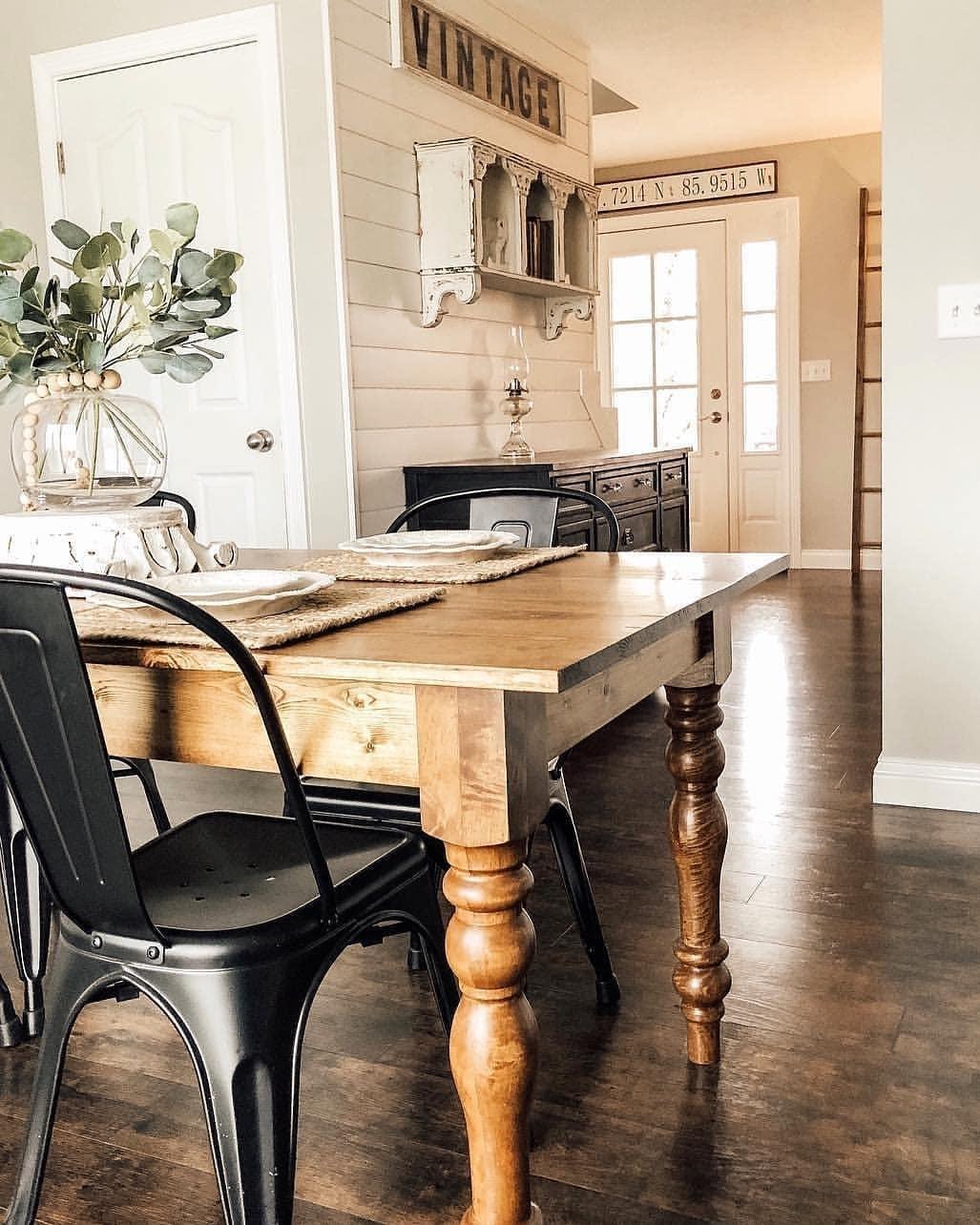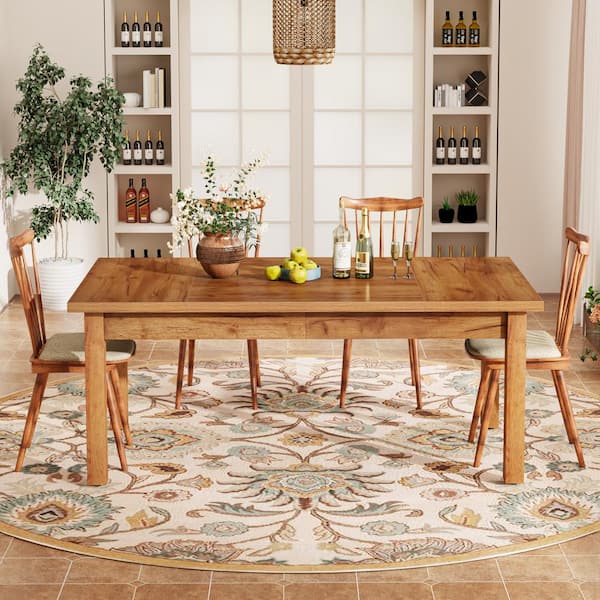Choosing the Perfect Eating Table: What Styles Job Best for Your Home?
Selecting the ideal table for your home can be a nuanced process that stabilizes looks and functionality. Whether your space leans towards typical sophistication, modern minimalism, rustic beauty, or industrial chic, the range of designs readily available can deal with varied tastes. Each layout uses one-of-a-kind benefits and obstacles that can either improve or interrupt your dining location's consistency. Comprehending exactly how different materials, forms, and sizes engage with your existing decor is critical. To navigate these options efficiently and locate a table that really enhances your home, consider the complying with facets in detail.
Examining Your Room
Evaluating the dimensions and design of your eating location is an essential very first action in picking the best table. Begin by gauging the length and width of the room, representing doorways, windows, and various other architectural functions that might affect table positioning. This makes certain that your table not just fits yet likewise enables comfy motion around it.
Think about the variety of individuals you normally delight. A table needs to accommodate your home's everyday requirements while providing adequate flexibility for occasional guests. Generally of thumb, assign a minimum of 24 inches of table size each to make certain a comfortable eating experience.
It's additionally important to keep ideal clearance around the table. Preferably, there must be at least 36 inches in between the table side and wall surfaces or other furnishings, enabling easy accessibility and activity. For spaces where chairs with arms or additional storage space devices like buffets are included, enhancing this clearance to 48 inches is recommended.
Lighting and ambience play considerable functions as well. Make certain that your table aligns with existing lights components or plan for adequate lights services. This comprehensive spatial analysis assurances that your table not just fits physically but likewise harmonizes with your room's general functionality and visual.
Popular Table Styles

Standard eating tables commonly include elaborate details, rounded legs, and rich wood finishes, evoking a feeling of classic sophistication. They are best for homes with traditional decoration or those seeking to include a touch of class to their dining area.
Modern eating tables focus on simplicity and clean lines, frequently incorporating materials like glass and steel. These tables are excellent for modern areas, providing a streamlined and minimalist look that complements minimalist design ideologies.
Rustic eating tables, on the other hand, emphasize all-natural materials and a handcrafted look - dining room table legs. They typically include recovered wood and a troubled surface, creating a cozy and inviting ambience. These tables function well in farmhouse-style homes or those looking for a comfortable, natural feel
Industrial eating tables integrate resources such as steel and wood, usually showcasing a practical aesthetic. This design is well-suited for loft spaces or metropolitan rooms, adding a touch of sturdy appeal and resilience to the dining see this page experience.
Each style supplies unique advantages, making it necessary to select one that aligns with your home's general design and your personal choices.
Material Selections
When selecting a table, the choice of material plays a vital role in establishing both the table's aesthetic appeals and capability. Wood, steel, glass, and composite products each offer special advantages and obstacles, making it imperative to line up the product with your home's decor and way of life demands.
Timber is a timeless and flexible option, available in ranges such as oak, walnut, and mahogany. Recognized for its durability and warmth, timber enhances both traditional and contemporary interiors. Nevertheless, it needs routine upkeep to protect against scratches and bending.
Metal tables, commonly crafted from stainless-steel, light weight aluminum, or wrought iron, are praised for their contemporary allure and effectiveness. They are specifically suited for industrial or minimalist settings but can be prone to damages and may feel cold to the touch.
Glass table bring an air of beauty and openness, suitable for smaller spaces as they my site create an illusion of even more area. While very easy to tidy, glass can be prone to spots and needs cautious managing to prevent chips and cracks.
Composite materials, such as MDF and plywood, offer cost-effective and customizable solutions, though they might do not have the long life of all-natural products. Picking the appropriate product guarantees your table is both a functional asset and an aesthetic joy.
Sizes And Shape Factors To Consider
After establishing the ideal material for your eating table, the next factor to consider is choosing the right form and dimension to fit your room. On the other hand, rounded tables promote a feeling of index intimacy and are exceptional for smaller eating locations, motivating discussion by eliminating edges and making everyone feel similarly included.
Size is just as important and need to be dictated by both the space's measurements and the number of people you intend to seat frequently. Generally of thumb, assign at the very least 24 inches of table width each to make sure comfy dining. Furthermore, take into consideration the table's clearance room: there should be at the very least 36 inches in between the table side and the wall surfaces or other furniture. This guarantees that diners can move quickly without really feeling confined. Extending tables offer versatility if you often organize bigger gatherings, offering additional seats when required without occupying added room daily. Picking the right sizes and shape makes sure both usefulness and visual consistency in your dining area.
Matching Your Decor
Selecting a dining table that integrates with your existing design is crucial in producing a natural and inviting room. A sleek, minimal table with tidy lines is ideal for a modern-day home, while a vintage, ornate table suits an extra conventional setup.
Color and material are just as significant. If your decoration includes warm tones and natural products, consider a wood table to boost the organic feel. Alternatively, a glass or steel table may be a lot more ideal in a room dominated by great shades and industrial aspects. Pay focus to the coating, as it should mirror other furnishings and fixtures to keep consistency.
Structure plays a vital role as well. A rough-hewn, recovered timber table can include personality to a rustic area, while a sleek marble surface area can boost a luxurious dining area. Finally, consider the scale and proportion of the table in connection with the room size and existing furnishings. A well-matched eating table not just boosts aesthetic charm but also enriches the general eating experience.

Final Thought
Picking the ideal dining table demands mindful factor to consider of room, design, products, form, and dimension. Standard tables enhance traditional insides with rich wood finishes, while modern tables suit contemporary settings through glass and metal.